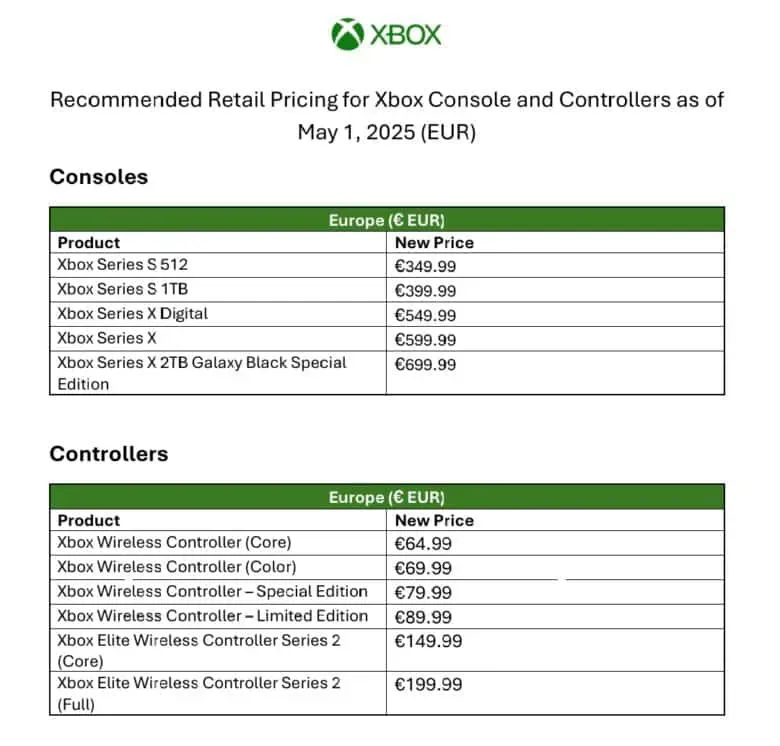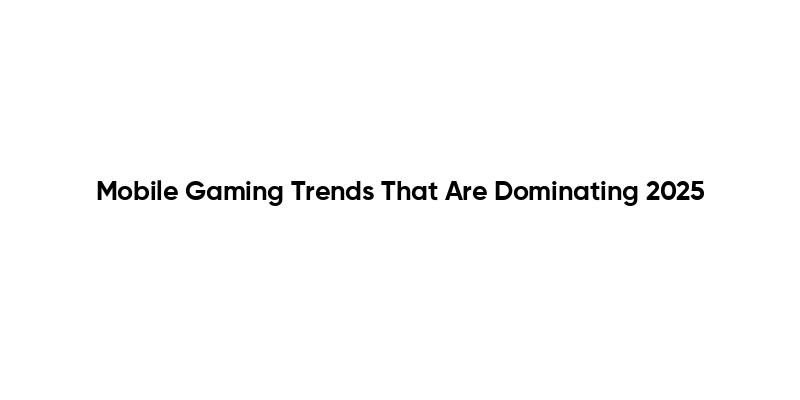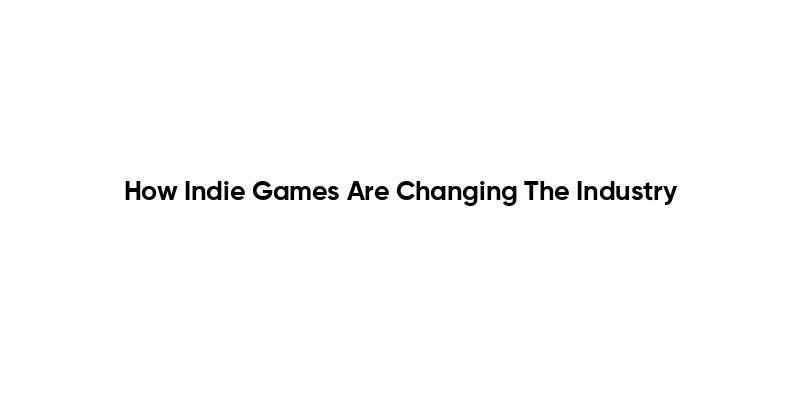The recent Xbox price increase has sent waves through the gaming community, as Microsoft announces a global adjustment in console prices following similar moves by its competitors. Effective immediately, the entry-level Xbox Series S will see its price soar from $299.99 to $379.99, representing a notable 27% hike, while the premium Xbox Series X will now retail for $729.99. This shift in Xbox prices reflects the company’s response to “market conditions” and rising costs associated with game development. With new game prices also rising to $79.99, gamers are left wondering how these financial changes will impact their purchasing decisions in the gaming industry. As Microsoft navigates these adjustments, questions abound regarding the broader implications for Xbox enthusiasts and the overall landscape of Microsoft game prices in the market.
In light of recent developments, the gaming sector has been abuzz with discussions on the surge in Xbox console pricing. This strategic move by Microsoft, which aligns with the trends observed in its rival companies, highlights the challenges that consumers face as console affordability shifts. Notably, the Xbox Series S and Series X are now priced higher, indicating how external factors such as tariffs are influencing the market. As players evaluate their options amidst these rising costs, the conversations regarding financial accessibility in gaming have become increasingly relevant. This rise in console pricing not only affects gamers’ wallets but also shapes the future landscape of the gaming industry as manufacturers grapple with production costs and consumer expectations.
Understanding the Xbox Price Increase Impact
Microsoft’s decision to raise Xbox prices globally is a significant development in the gaming industry. The increase in the price of the entry-level Xbox Series S from $299.99 to $379.99 and the premium Series X from $599.99 to $729.99 reflects the shifting dynamics of market conditions. These adjustments are not merely a corporate strategy but are influenced by external factors such as tariff uncertainties and increased manufacturing costs, particularly with Xbox consoles being produced in China. This price increase is further compounded by a rise in game prices, with new titles being released at $79.99 instead of $69.99.
For gamers, these price hikes may trigger a reevaluation of their gaming budgets. While the Xbox Series X offers one of the best gaming experiences available, at a price point nearing $730, it may cause potential buyers to consider alternatives. Furthermore, with ongoing inflation and the rising costs of living, the rise in Xbox prices could deter casual gamers from making a purchase, thus impacting sales volumes. The immediate challenge for Microsoft will be to maintain its customer base while justifying these price increases to retain loyalty amidst fierce competition within the gaming landscape.
Comparing Xbox Prices with Competitors
In light of Microsoft raising Xbox prices, it’s essential to compare these adjustments with the pricing strategies of competitors like Sony and Nintendo. Sony’s recent price hike for the PlayStation 5 models mirrors Microsoft’s decision, indicating a broader trend in the gaming industry where major players are responding to similar pressures. While the Xbox Series S will now retail at €349.99 in Europe, it remains competitive against the PS5, despite the heightened costs. Understanding these price comparisons helps consumers to weigh their options effectively, especially when considering which console offers the best value for their gaming needs.
Nintendo has also faced challenges regarding pricing strategies, recently delaying pre-orders for its highly anticipated Switch 2. This cautious approach signals the company’s awareness of market volatility and changing consumer sentiment. With multiple console price increases, gamers may be left weighing features against price, further complicating their purchasing decisions. The increasing price of consoles and games necessitates a more informed consumer market, where considerations of graphics, processing power, and overall gaming experience must be balanced against affordability.
The Role of Tariffs in Console Pricing
The tariffs imposed by the Trump administration have created an unprecedented environment for tech companies, fundamentally impacting retail pricing for gaming consoles. With Xbox consoles primarily manufactured in China facing substantial tariffs, Microsoft is compelled to adjust their pricing strategies to offset potential losses. This situation not only affects the retail market but also influences gamer expectations on pricing stability. As tariffs fluctuate, so too does the inherent cost structure for companies like Microsoft, placing them in a position where they must make tough choices about consumer pricing.
Consequently, these tariffs are contributing to a broader conversation about the sustainability of gaming console prices. As manufacturing costs rise, companies may find themselves continually adjusting prices, which could dissuade new customers or push existing gamers to postpone upgrades. This ongoing challenge illustrates how global economic policies can trickle down to directly affect consumer experiences within the gaming industry, ultimately reshaping how and when gamers choose to invest in new technology.
Future Trends in Xbox Pricing Strategy
As the gaming industry evolves, the future trends in Xbox pricing strategy will likely reflect a blend of consumer feedback, market conditions, and competitive pressures. Microsoft’s recent price increases suggest that the company is prepared to adapt to shifting economic landscapes while remaining competitive against rivals. The introduction of subscription services and bundled offerings may become a critical strategy for Microsoft to retain loyalty among gamers looking for affordable ways to access new titles and console experiences.
Additionally, with gamers increasingly interested in digital storefronts and downloadable content, companies may need to pivot their pricing models. Rather than simple one-time purchases, we may begin to see more innovative pricing structures where gamers subscribe to a service that provides ongoing access to games. This evolution could mitigate the effects of standalone price increases and offer new avenues for consumers to engage with the Xbox ecosystem, thus balancing cost with value.
The Reaction of Gamers to Xbox Price Hikes
As news of the Xbox price increase spread, the reaction from the gaming community has been mixed. Many long-time Xbox enthusiasts express disappointment over the rising costs, particularly for a console that has faced its share of competing product launches in recent years. The hefty price tag attached to the Series X especially caused concern among budget-conscious gamers who feel the pinch of economic instability. Social media platforms quickly became canvases for opinions, and players voiced their frustrations, citing how the price jump may impede their ability to keep up with the latest Xbox offerings.
Conversely, some gamers understand the rationale behind the price increases, acknowledging that market conditions and development costs play a pivotal role in Microsoft’s decisions. Others express satisfaction with the overall value of the Xbox platform, citing exceptional game libraries and robust online services as justifications for the higher price point. As consumers navigate these new pricing realities, it remains to be seen how Microsoft can balance their pricing strategy while still catering to the diverse preferences and budgets of their audience.
Xbox Series S vs Series X Price Comparison
With the recent price increases, a noticeable gap has emerged between the Xbox Series S and the Xbox Series X that gamers need to consider. The Series S, now priced at $379.99, remains a more accessible option catering to casual gamers and those new to the Xbox ecosystem. On the other hand, the premium Series X, now retailing at $729.99, is designed for enthusiasts seeking top-tier performance and graphical quality. This stark contrast in pricing may lead potential buyers to carefully assess their needs versus desires when deciding which console to purchase.
Moreover, as price changes occur, potential Xbox consumers are also evaluating the performance capabilities of each console. While the Series S is budget-friendly and compact, its specifications might not satisfy hardcore gamers looking for the ultimate experience offered by the Series X. Thus, understanding the strengths and weaknesses of each model becomes increasingly important as users weigh how much they are willing to invest in their gaming setups. The recent hikes could also encourage gamers to explore refurbished consoles or consider waiting for sales events to make their purchases.
The Long-Term Implications of Xbox Price Raises
The long-term implications of Microsoft’s global price increases for Xbox consoles are far-reaching, not just for the company but for the entire gaming industry. As price points rise, companies may need to consider how these shifts affect consumer loyalty and market share. High prices may drive some gamers away to competing platforms or encourage them to delay purchases, resulting in a decline in Xbox’s market presence in the long run. This reality could lead to a more significant strategy overhaul for Microsoft to ensure its consoles remain competitive financially and technologically.
Additionally, the increased prices could foster shifts in gamers’ purchasing behaviors, potentially propelling a growing interest in used markets or subscription models. As consumers become more price-sensitive, Microsoft might find itself compelled to reevaluate the value proposition offered by its gaming services, promotional sales, and game offerings. Emphasizing value over price in marketing strategies could resonate more profoundly with consumers who are becoming increasingly cautious about their gaming expenditures.
Navigating Xbox Game Price Changes
Alongside the increases in Xbox console prices, Microsoft is implementing new price points for its games as well. With new titles set at $79.99, which marks a noticeable increase from $69.99, gamers are now forced to contend with higher costs across the board. This upward trend in game prices reflects the broader market conditions affecting production costs, labor, and technology development across the gaming industry. For gamers, the immediate effect is a essential reevaluation of their gaming budgets as they may now be inclined to prioritize which games they invest in.
Interestingly, there is an opportunity here for digital distribution platforms and subscription services to offer compelling alternatives. Services like Xbox Game Pass could become more appealing during these times, providing gamers access to a library of games without the burden of a significant upfront cost. By transitioning focus toward subscription models that allow consumers to pay monthly fees rather than one-time purchases, Microsoft has the potential to maintain player engagement even amidst rising game costs.
Xbox Economic Diversification and Future Outlook
In light of the increased Xbox prices, Microsoft may need to diversify its economic strategies to adapt to the changing gaming landscape. Building out services such as Xbox Game Pass could prove to be an effective strategy in mitigating the impact of rising console and game prices for consumers. Additionally, expanding partnerships with developers to deliver exclusive content could enhance the value proposition and attract new users, even in challenging economic times. Brands that provide more diversified offerings usually fare better during financial downturns.
Looking to the future, Microsoft’s ability to navigate the challenges brought on by rising Xbox prices and tariffs will be critical to its success in the gaming industry. As consumer preferences shift, the company must remain adaptable, innovating with its products and engaging players in ways that offer both value and entertainment. The long-term success of the Xbox brand will depend on the company’s responsiveness to market pressures and its commitment to providing quality gaming experiences at competitive prices.
Frequently Asked Questions
What is the reason for the recent Xbox price increase?
The recent Xbox price increase is attributed to ‘market conditions’ and the rising cost of console development. Microsoft has responded to global economic factors, such as tariffs affecting production costs. This adjustment was announced shortly after similar price hikes by competitors in the gaming industry.
How much have Xbox Series S and Xbox Series X prices increased?
The Xbox Series S price has increased from $299.99 to $379.99, marking a 27% hike. The Xbox Series X has seen a price rise from $599.99 to $729.99, which is a 22% increase. These adjustments reflect changes in the gaming market and production expenses.
When will the new Xbox prices take effect?
The new Xbox prices, including the Xbox Series S and Series X, have already been implemented as of the announcement date. It’s advisable for consumers to check with retailers for the latest pricing, as these changes are immediate and affect all regions where Xbox consoles are sold.
How does the Xbox price increase compare to the PlayStation 5’s recent price hike?
Microsoft’s Xbox price increase closely follows a similar price hike by Sony for its PlayStation 5 models. Both companies have raised prices, likely due to comparable market pressures such as tariffs and production costs, reflecting broader trends in the gaming industry.
What are the new prices for Xbox games following the price increase?
Following the price increase, certain new Xbox titles developed by Microsoft-owned studios will retail at $79.99, an increase from the previous price of $69.99. This change also aligns with rising production and development costs in the gaming industry.
Will the Xbox price increase affect sales of Xbox consoles?
While the Xbox price increase may impact sales, it remains to be seen how consumers will respond. Historically, gaming enthusiasts might still opt for Xbox consoles despite price hikes, depending on the value they perceive in features, game library, and brand loyalty.
Are Xbox prices expected to increase further in the future?
It is difficult to predict if Xbox prices will increase again in the future. Market conditions, production costs, and global economic factors continuously evolve, and Microsoft will likely adjust their pricing strategy based on these dynamics in the gaming industry.
How are tariffs contributing to the Xbox price increase?
Tariffs, particularly those imposed during the Trump administration, have significantly affected the cost of manufacturing Xbox consoles, which are primarily produced in China. These tariffs have raised production costs, leading to the recent Xbox price increases.
What does the Xbox price increase mean for prospective buyers?
The Xbox price increase means that prospective buyers will need to factor in higher costs when purchasing an Xbox console, specifically the Series S and Series X. It’s important for consumers to evaluate their options and budget accordingly amid these changes.
How can I find the best deals on Xbox consoles after the price increase?
To find the best deals on Xbox consoles after the price increase, consumers should regularly check multiple retail websites, look for promotions and bundles, and consider buying during sales events. Staying informed on gaming industry news can also help in spotting discounts.
| Region | Xbox Series S Price | Xbox Series X Price | Game Price Increase | Remarks |
|---|---|---|---|---|
| United States | $379.99 (+27%) | $729.99 (+22%) | $79.99 (+14%) | Citing market conditions and cost of development. |
| Europe | €349.99 (+17%) | N/A | N/A | Price increases follow similar moves by Sony. |
| Australia | $549 | $849 | N/A | Manufacturing in China affects pricing. |
Summary
The Xbox price increase is a significant decision by Microsoft, adjusting console prices globally amidst rising costs and market dynamics. The alterations reflect the ongoing challenges within the gaming industry, partly influenced by tariffs imposed on imports from China. As a result, gamers should prepare for these new prices, which may affect purchase decisions and overall market trends.



